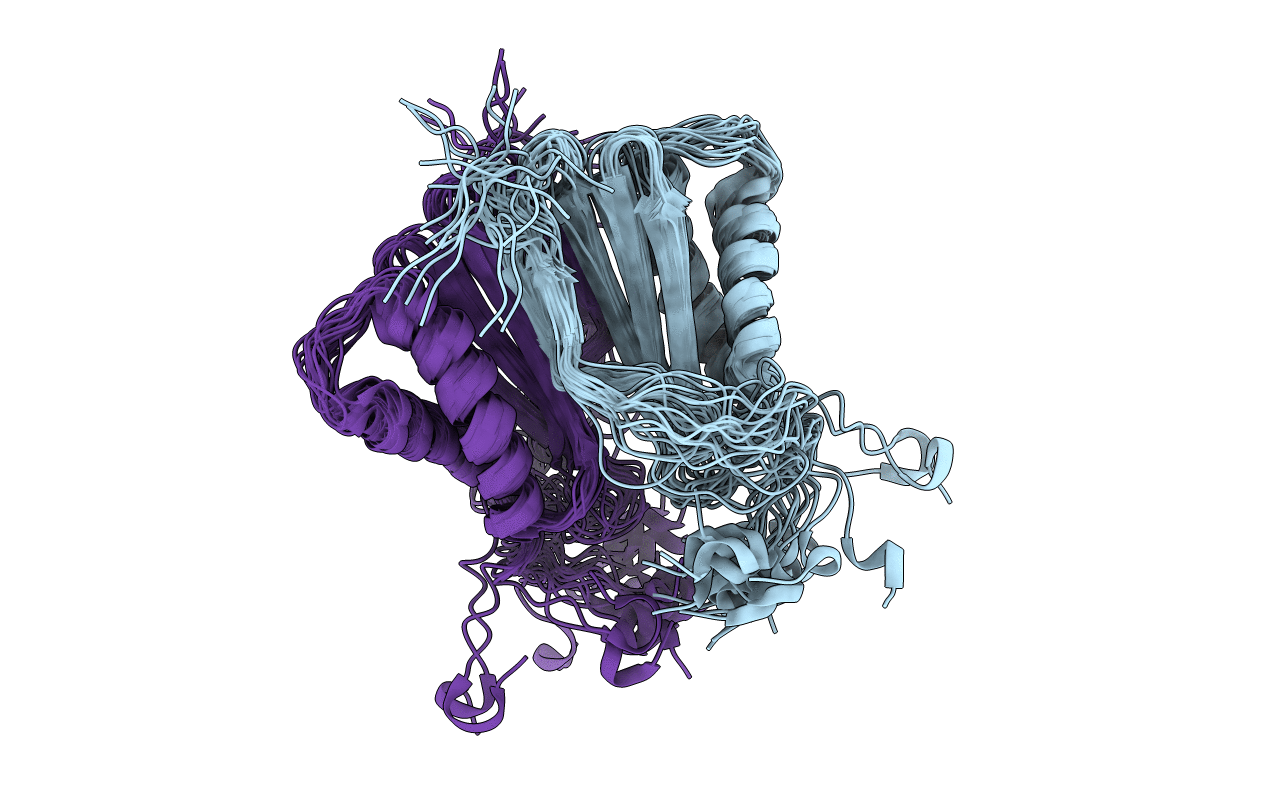
Deposition Date
2016-05-04
Release Date
2016-08-17
Last Version Date
2025-11-19
Entry Detail
PDB ID:
5JPW
Keywords:
Title:
Molecular basis for protein recognition specificity of the DYNLT1/Tctex1 canonical binding groove. Characterization of the interaction with activin receptor IIB
Biological Source:
Source Organism:
Homo sapiens (Taxon ID: 9606)
Host Organism:
Method Details:
Experimental Method:
Conformers Calculated:
100
Conformers Submitted:
20
Selection Criteria:
structures with the lowest energy


